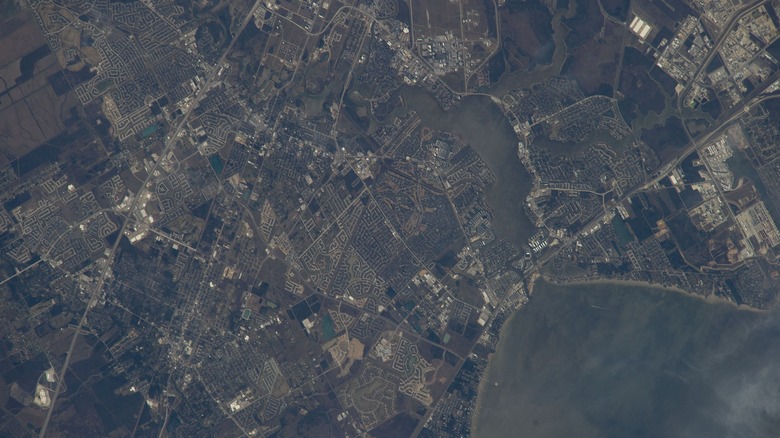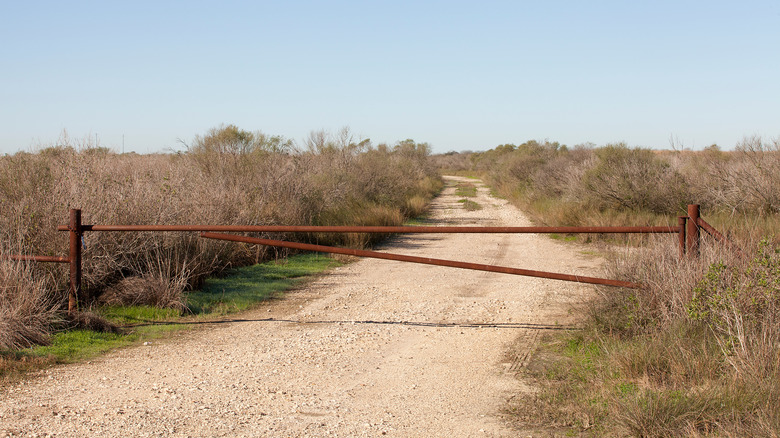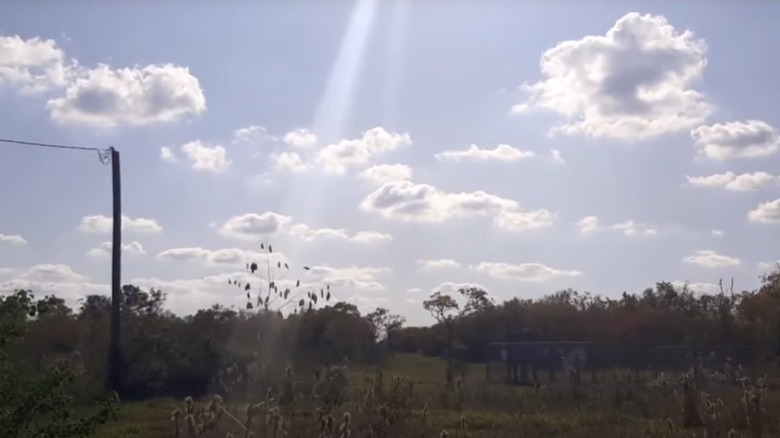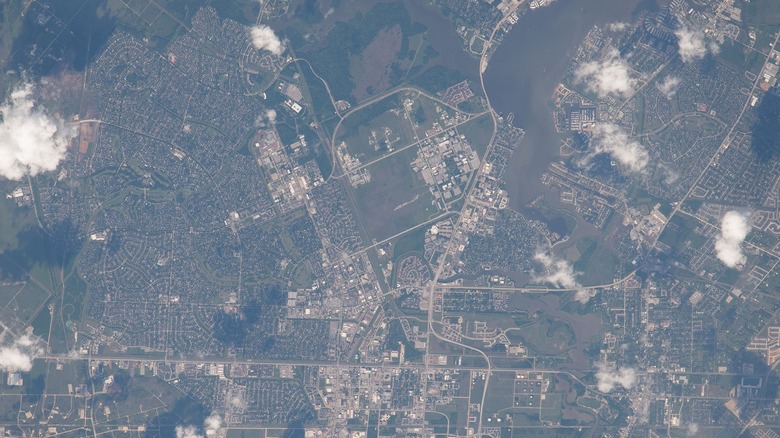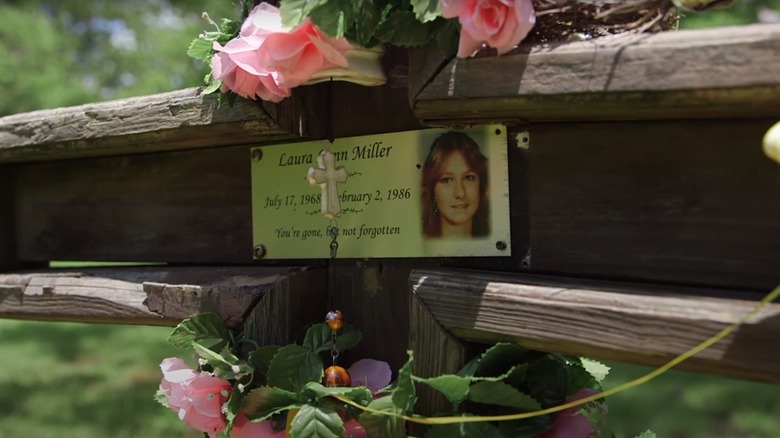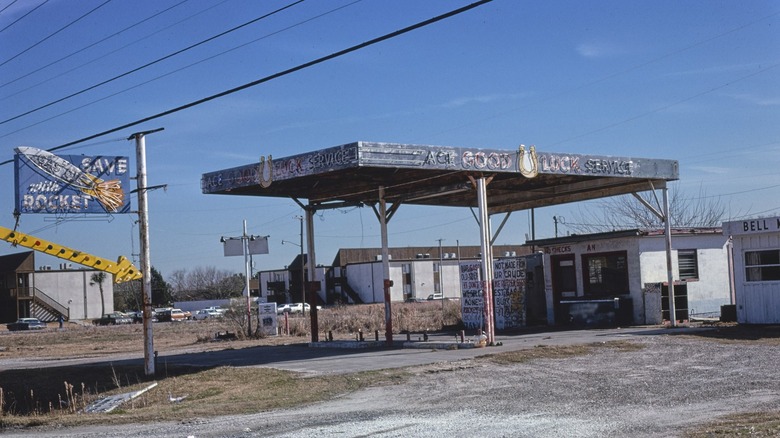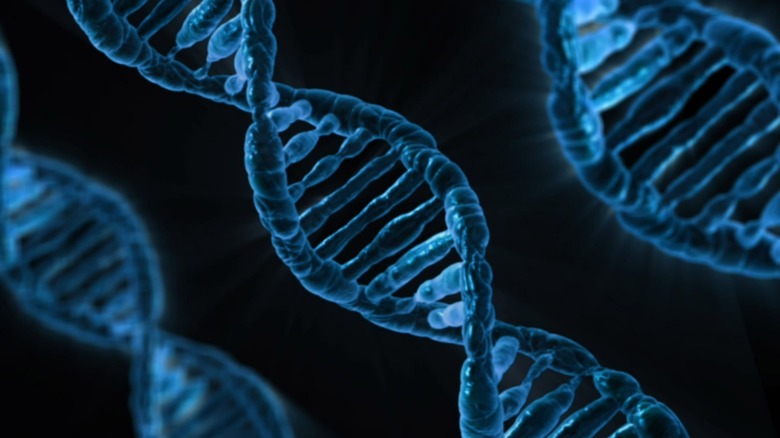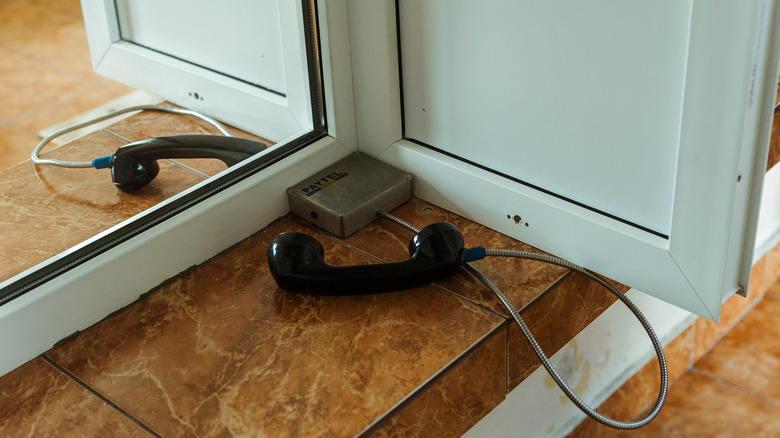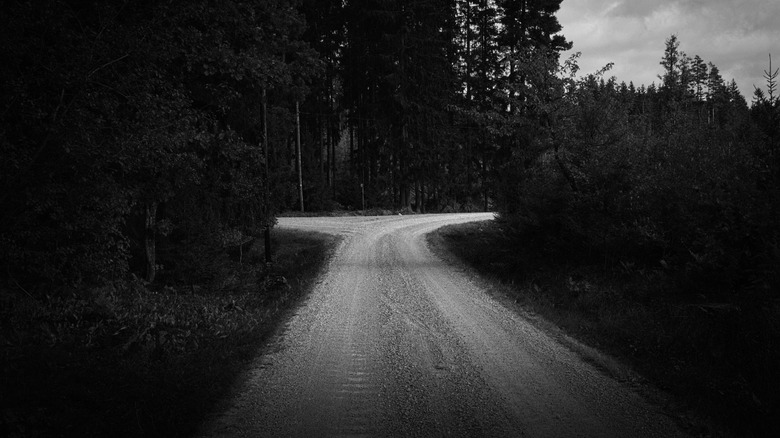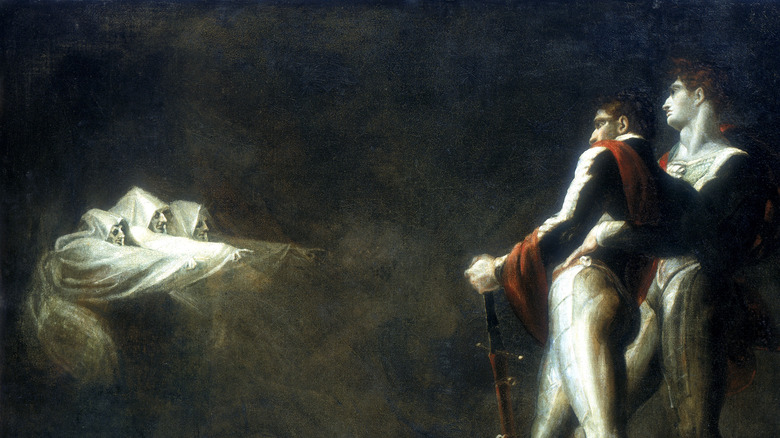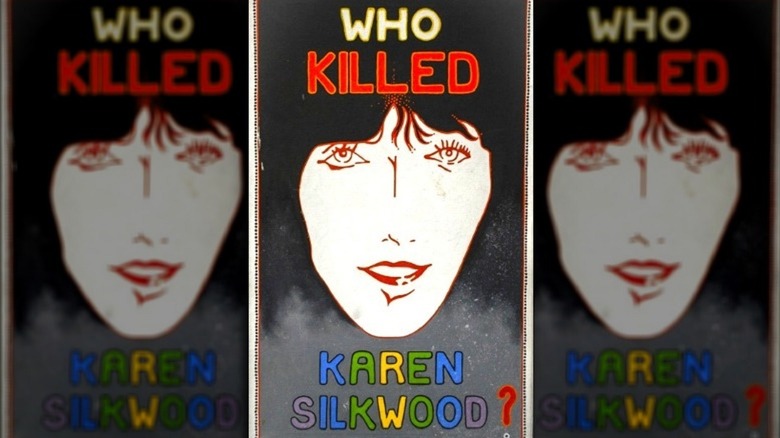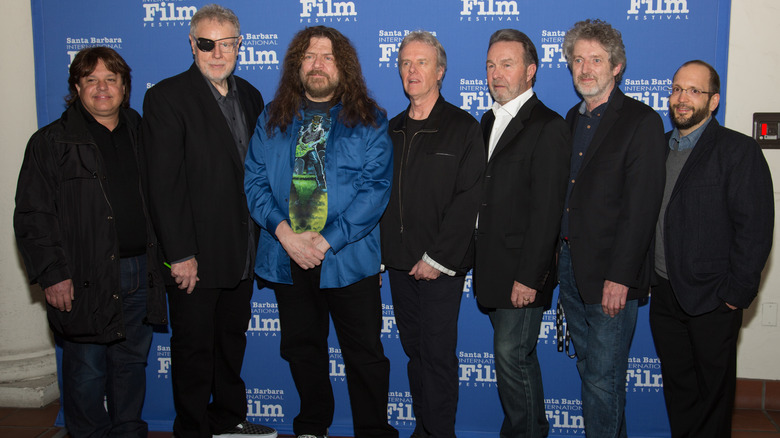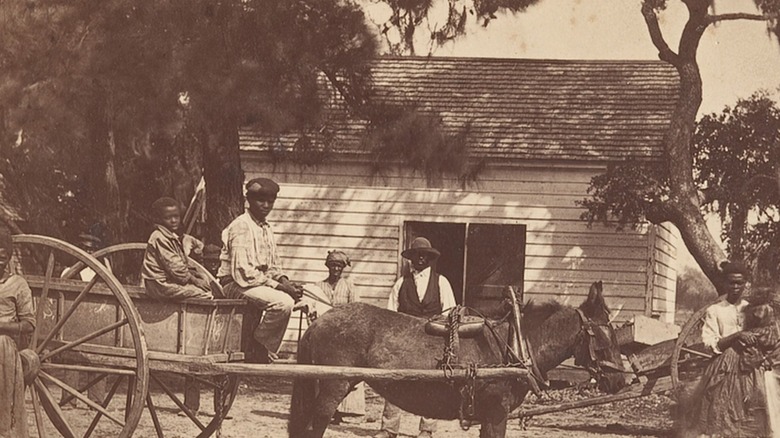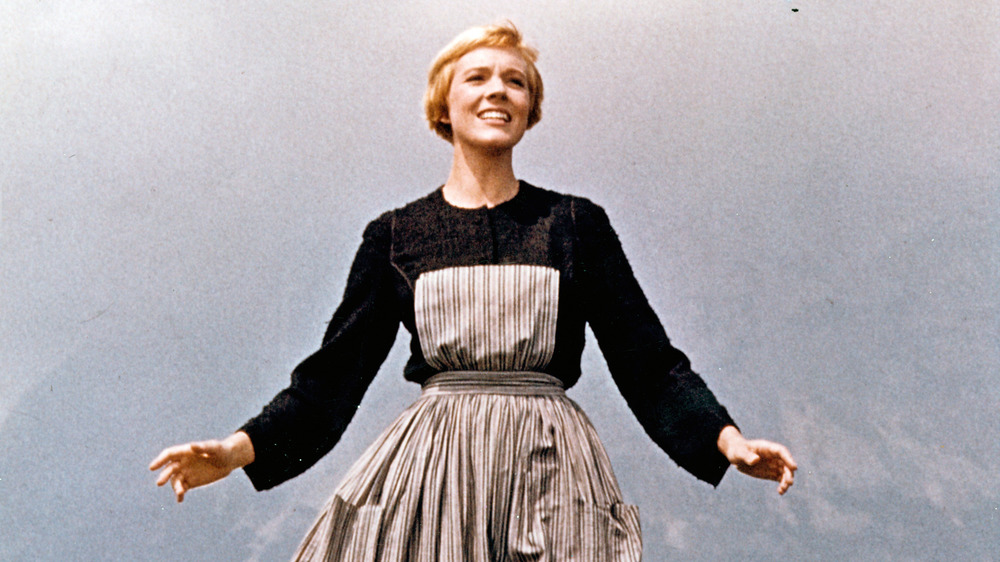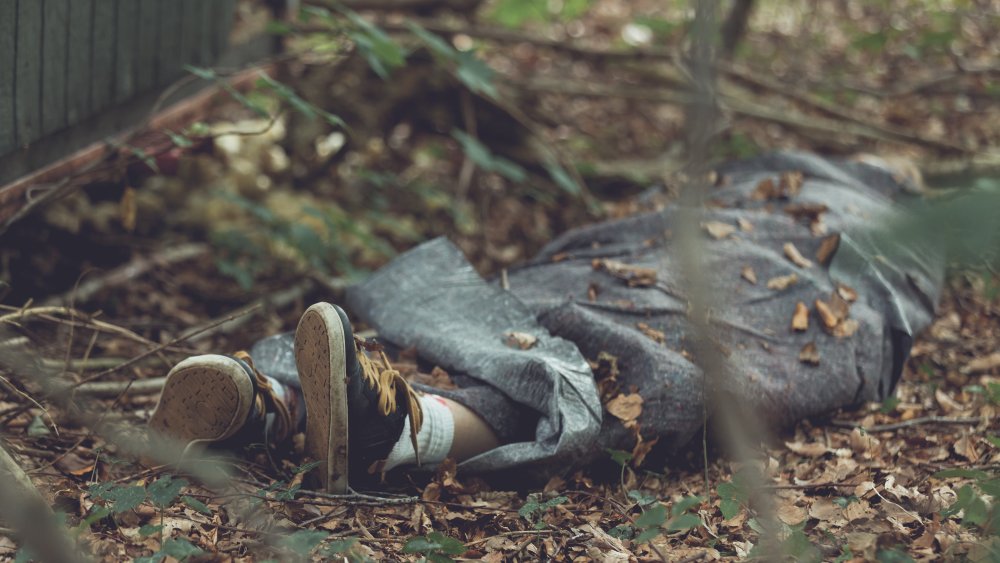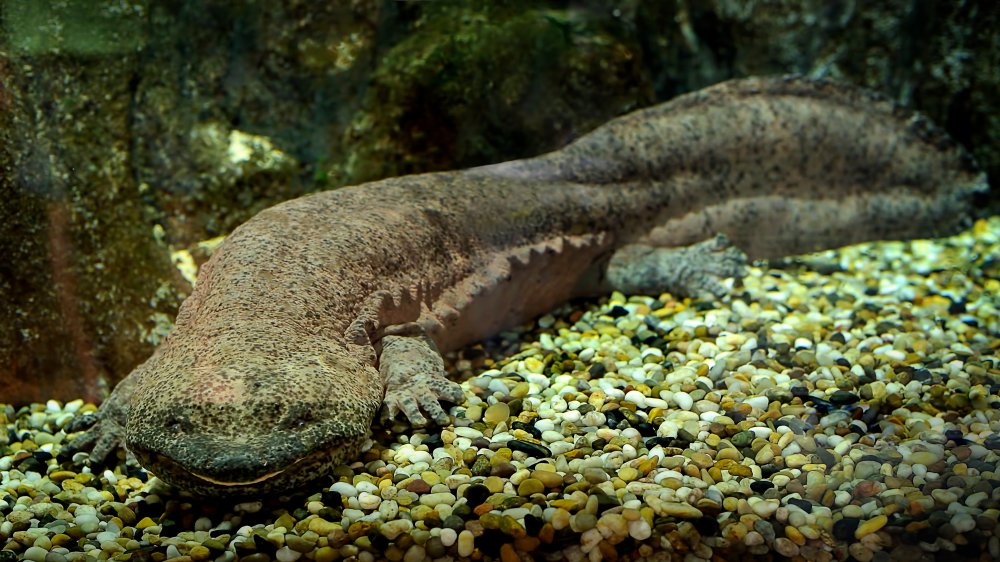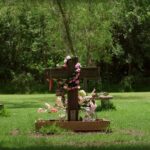
The Texas Killing Fields Explained
Far south in Texas, near the bay city of Galveston and with the Gulf of Mexico just beyond, is a stretch of land that’s gained a fearsome reputation. Today, it’s flanked by businesses and housing developments, and busy Interstate 45 is only a mile east. Yet, beginning in the early 1970s, this place was the site of multiple disappearances and murders, mainly of girls and young women. As the killings continued through the years, the area became known as the Texas Killing Fields.
The site is the subject of numerous true crime documentaries, articles, and podcast episodes, as well as the 2011 thriller “Texas Killing Fields,” starring Sam Worthington and Jeffrey Dean Morgan. The movie tells the story of two police detectives frantically working to save a young girl, but the real story of this area in south Texas is far more dark and complicated. More importantly, the work of identifying victims and apprehending the killers continues to this day. This is the Texas Killing Fields explained.
The Texas Killing Fields is just a mile from the interstate
Located near Galveston, the Texas Killing Fields is a 25-acre stretch of land only a mile from Interstate 45. Bordering the Calder oil field and League City, the location is relatively remote and was even more so back in the 1970s. According to CBS News, the isolated nature of the spot makes it the perfect place for taking someone else’s life, unseen and unheard.
The legal ins-and-outs of the area also contribute to its suitability as a location perfect for getting away with murder. According to “Deliver Us: Three Decades of Murder and Redemption in the Infamous I-45/Texas Killing Fields,” the fields and surrounding small towns fall under the jurisdiction of three separate counties. Each has its own sheriff’s department and local police force. This meant that, for much of the history of the murders here, investigations were muddled and dispersed amongst 11 different departments. The nearby highway, which can quickly bring people here from far afield and that provides a quick exit, adds yet another layer of difficulty to solving the crimes committed here.
30 people have been found dead in the Texas Killing Fields
Since the early 1970s, the remains of 30 people have been recovered from the Texas Killing Fields, mainly women and girls, according to Bustle. Some remains were quickly identified, while others languished for decades without a name to link them to a past and a family that was surely looking for them.
The killings appear to have stopped around 2006, however. The FBI explains that this is likely because the area has become more developed and populated since the 1990s. Today, it has a paved access road and a housing development has even sprung up nearby, increasing the number of potential witnesses to any crimes committed here. The site has also increased in notoriety and today has the attention of law enforcement, people interested in true crime cases, and those who visit a memorial in the fields dedicated to some of the victims.
Colette Wilson was one of the first known victims
One of the first known victims found in the Texas Killing Fields was Colette Wilson, a 13-year-old girl who was abducted from an intersection in Alvin, Texas. According to the True Crime Edition, Wilson had just returned from band camp and was waiting for her mother, Claire, to pick her up. Mere minutes passed between when Colette was dropped off and when her mom arrived to find a deserted intersection. Claire checked for her daughter at a friend’s house, but Colette wasn’t there. Neither was she waiting at home. It soon became apparent that the young girl was missing — perhaps in a car that Colette’s mother had seen on her way to pick up her daughter.
Police initially assumed that Colette was a runaway, leading the Wilson family to round up their neighbors and form an impromptu search party. The police finally admitted that Colette was likely abducted, but seemed to bungle the search, throwing away potential evidence and squandering vital time.
While searching for Colette, other victims were discovered, including 14-year-old Brenda Jones and 19-year-old Gloria Ann Gonzales. Not long after, Colette’s skeletal remains were uncovered nearby. Claire Wilson is reported as saying, “Colette was dead, but we could bury her.” The families of other victims found in the Texas Killing Fields would not even have that small comfort.
The site may have been used by serial killers
Given the frequency of the killings and the similarities of some of the crime scenes, it’s thought that the Texas Killing Fields have been used by one or multiple serial killers. Texas Monthly reporter Skip Hollandsworth says that many police detectives and FBI agents are convinced that this is the personal graveyard of a vicious serial killer.
Haunting details link some of the murders, including the arrangement of victims’ remains beneath trees in the fields, with some investigators going so far as to suggest that they formed a kind of walking trail used by a single killer to linger over the remains.
A retired NASA engineer named Robert Abel was suspected of being one such killer, but few seem to agree on whether Abel was responsible for any of the Texas Killing Field murders. According to the Guardian, Tim Miller, the father of victim Laura Miller, was so convinced that Abel was his daughter’s killer that he stalked Abel and even reportedly held a gun to the engineer’s head in an effort to get him to confess. Abel, whom Miller described as a “strange character,” maintained his innocence, and no evidence directly connecting him with the murders was ever uncovered. Miller later apologized to Abel for the harassment.
Some victims were taken from nearby beaches
Though the Texas Killing Fields is now an ominous place, it’s not far from the beaches and bays of the Gulf of Mexico. In the 1970s as much as today, the waterfront was a popular draw in the hot Texas summer. But, the True Crime Edition reports, by the end of 1971, several young women had been killed in the area. At first, most of the girls were assumed to be runaways, and their stories were little impediment to others spending a summer on the beach.
Sharon Shaw and Rhonda Renee Johnson were among the four “surfer girls,” as the Houston Chronicle calls them, who disappeared that summer. Shaw and Johnson were both about to enter high school in the fall and spent much time together on the area’s beaches. The friends would often hitchhike back home, and that’s exactly what they did on August 4, 1971, the last day they were seen alive. Later that year, Debbie Ackerman and Maria Johnson, who spent time in the same places as Shaw and Johnson, also disappeared. All four were killed, their remains later found in nearby bayous.
Police dismissed one missing girl as a runaway
In September 1984, Laura Miller was a 16-year-old who had recently moved to League City, Texas. According to the FBI, she showed promise in music class, but had difficulty managing a seizure disorder and began to withdraw from both school and social life. That September, Laura’s mother drove her to a payphone so Laura could make a call to her boyfriend. Laura said she would walk back home after the call but never reappeared at the Miller house.
Police initially told her family that she was likely a runaway, perhaps assuming that Laura was reacting to the pressures of the recent move and her health problems. The Guardian reports that the Millers searched for Laura themselves, even checking local hospitals. They never found or heard from their daughter again. Laura’s remains were eventually found more than two years after her disappearance, in the same oil field on Calder Road where another woman had been found. More remains, of women both known and unidentified, would be discovered in the same fields. Some suspect that, because some of the remains were arranged in a similar manner beneath trees, the same killer had taken the women’s lives.
Laura’s father, Tim, now runs a nonprofit, Texas EquuSearch, which works to locate missing people in the United States and beyond. The Guardian reports that Texas EquuSearch has helped to find over 400 living people since it was founded in 2000.
Was the wrong man arrested in connection to the Texas Killing Fields?
Michael Lloyd Self, a mechanic, was arrested in 1972 and pinned for the murders of Sharon Shaw and Rhonda Renee Johnson, according to the Houston Chronicle. It may have been a relief for locals to see him convicted and sentenced to life in prison, but the relief would be shortlived. While Self was locked away in prison, the murders continued.
There were also some serious problems with Self’s conviction. It’s reported that Self had brain damage, and the True Crime Edition claims that he had a reputation as an “oddball” and was a nonviolent voyeur who showed an interest in local police activity. It later came out that Self’s confession was obtained through coercion. Chief of Police Don Morris reportedly threatened Self during the interrogation process, going so far as to force Self to play Russian roulette with a loaded revolver. Self died in prison in 2000, with many wondering if the wrong man had been convicted after all.
One man was convicted of a murder linked to the Texas Killing Fields
Kevin Edison Smith is one of the few killers with a confirmed link to remains found in the Texas Killing Fields. In 2012, he was convicted of capital murder for the death of Krystal Jean Baker, a 13-year-old girl who was abducted from a Texas City convenience store in 1996. Baker, who was a great-niece of Norma Jean Baker (also known by her stage name, Marilyn Monroe), had argued with her grandmother and stormed out of the house, according to the Houston Chronicle. She called her mother from a pay phone at the convenience store and then was never heard from again.
Baker’s killer was finally identified when clothing recovered from the crime scene was tested for DNA evidence. It matched a sample taken from Smith at an earlier arrest. Smith admitted to abducting and killing Baker, then leaving her remains beneath a bridge. Authorities also questioned Smith about other unsolved murder cases related to the Texas Killing Fields.
A class ring is a clue to the identity of one victim
While some of the victims found in the Texas Killing Fields were identified relatively quickly, others remain unknown. One such individual is a women currently only known as Princess Blue. Per the Houston Press, her remains were discovered by a local man on a remote road in 1990. Her skeletal remains provided no identifying features other than a class ring with a large blue stone, which led to her moniker. It was linked to Robert E. Lee High School in nearby Houston, with the year 1975 inscribed on the ring.
However, analysis of the remains indicate that she was unlikely to have graduated that year. An initial Harris County Medical Examiner’s office examination estimated that she was between 15 and 19, and a 2007 analysis upgraded her age range to 17 to 21. A forensic artist also created a portrait based on her remains and her DNA was added to databases. However, as of 2021, she remains unidentified. ABC13 reports that investigators have taken samples of her remains for phenotypic analysis that could help reveal further details of her identity.
DNA has proven vital in recovering the identities of victims
As the decades pass, advances in technology are helping to reveal the identities of remains found in the Texas Killing Fields. Previously known only as Jane Doe and Janet Doe, in 2019, two women were identified as Audrey Lee Cook and Donna Prudhomme via DNA testing, according to the Washington Post. For cases that had seemingly stalled out decades ago, it was a hugely significant development and one that proved the power of DNA analysis.
Though it’s still unknown who took their lives, the news brought some closure to Cook and Prudhomme’s families. Cook was a 30-year-old mechanic who had moved to Houston for work and, according to ABC13, last contacted her family in 1985. Prudhomme was a mother of two who was last seen in the summer of 1991. In 1986, Cook’s remains were uncovered on the same day and in the same location as those of Laura Miller.
One Texas inmate confessed to numerous murders linked to the Texas Killing Fields
Technology is helping law enforcement to identify the victims found in the Texas Killing Fields, but the names of perpetrators are even more difficult to pin down. One man has received plenty of attention for his possible link to multiple crimes in the area, as Houston Public Media reports. In the 1990s, Edward Harold Bell was serving a 70-year sentence for murder. From his prison cell, he claimed that he killed 11 girls linked to the Texas Killing Fields. He referred to them as the “eleven who went to heaven” and provided names for four of his reported victims, as well as details like hair color and the years he committed the crimes.
Bell died in 2019, leaving behind little real evidence for authorities to confirm his story. DNA may have provided some insights, but it was impossible to recover it from some of the evidence, which had been collected decades ago. Some have also speculated that Bell falsely confessed to gain attention and notoriety. Yet, as the Houston Chronicle reports, it’s hard for investigators to ignore the detailed confession letter Bell left behind. That letter included details that line up eerily well with the facts of some cases.
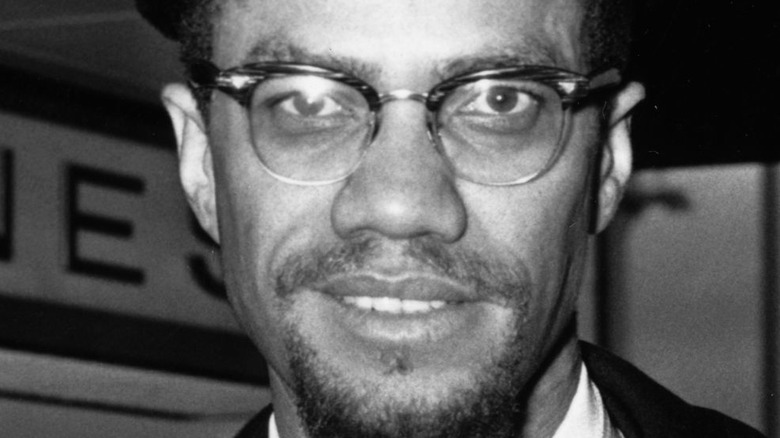
Here's What Might've Happened If Malcolm X Survived His Assassination
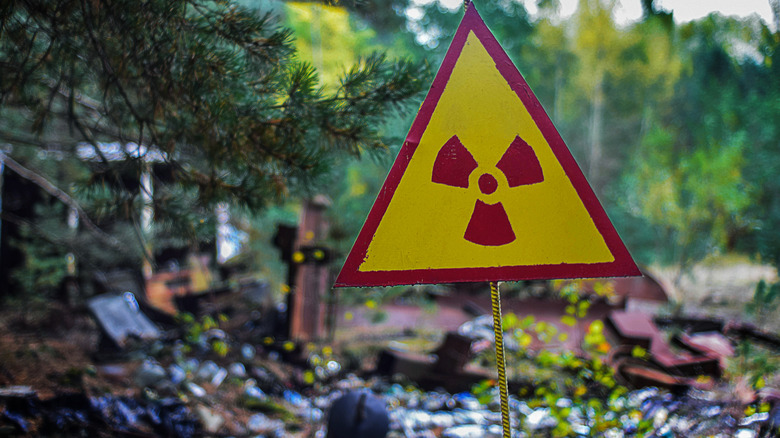
We Could Have Avoided The Fukushima Nuclear Plant Disaster. Here's Why

The Surprising Time The US Tried To Invade Mexico
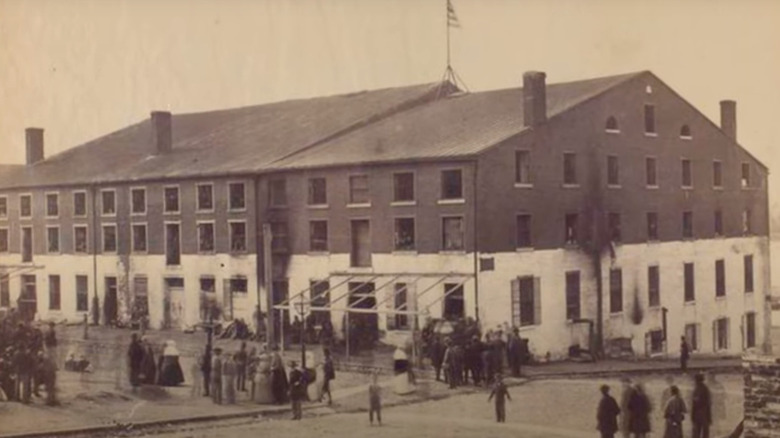
The Sad Truth About The Libby Prison Jailbreak

The Untold Truth Of Harajuku Culture
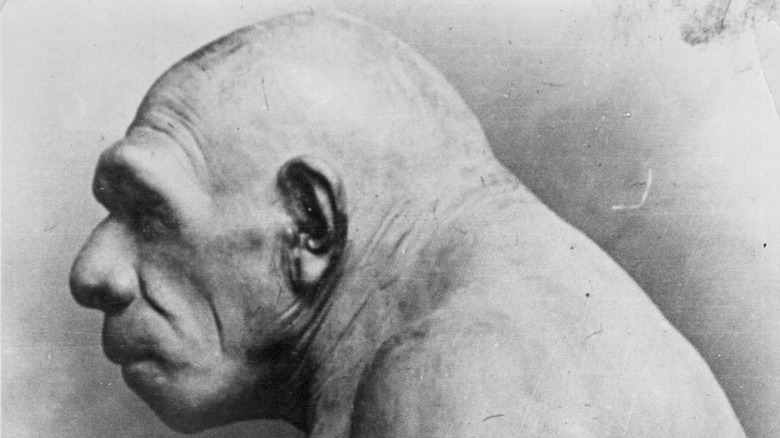
Did Neanderthals Really Have Poor Posture?
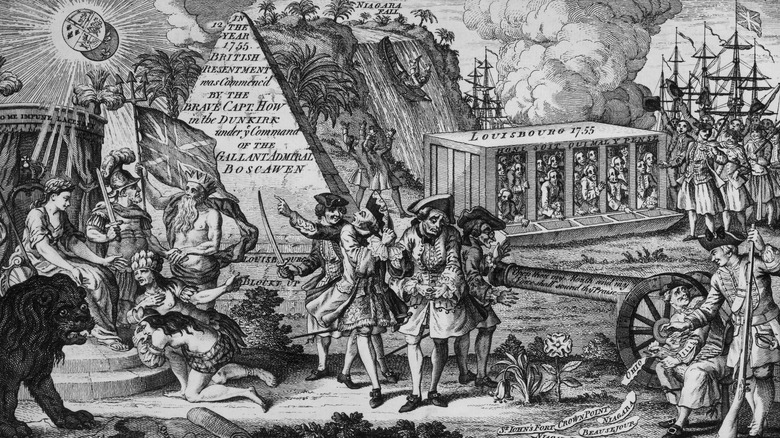
Why The French And Indian War's Name Is Misleading
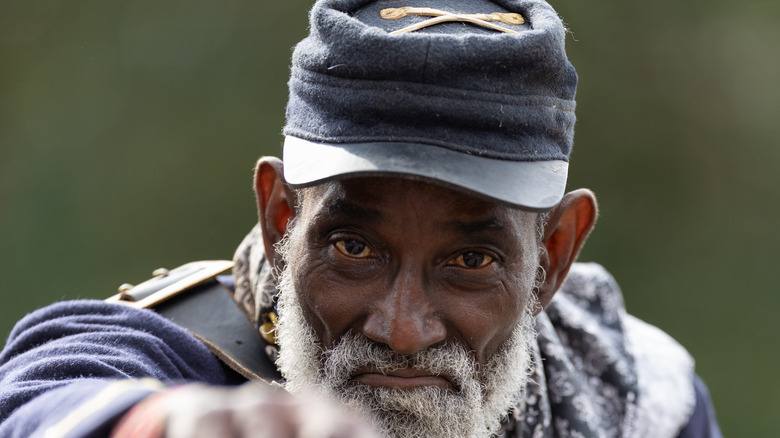
Messed Up Things That Happened During The American Civil War

What We Know About The Witnesses To Tupac's Murder
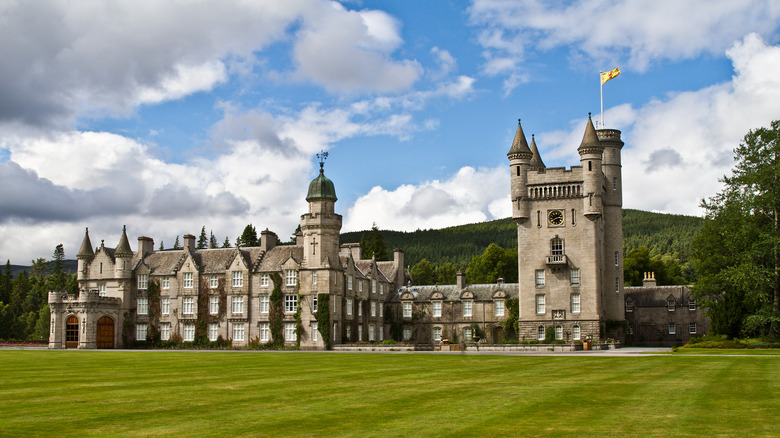
The Untold Truth Of Balmoral Castle
